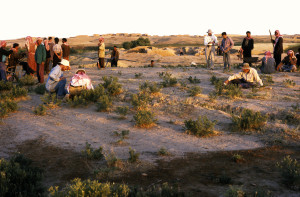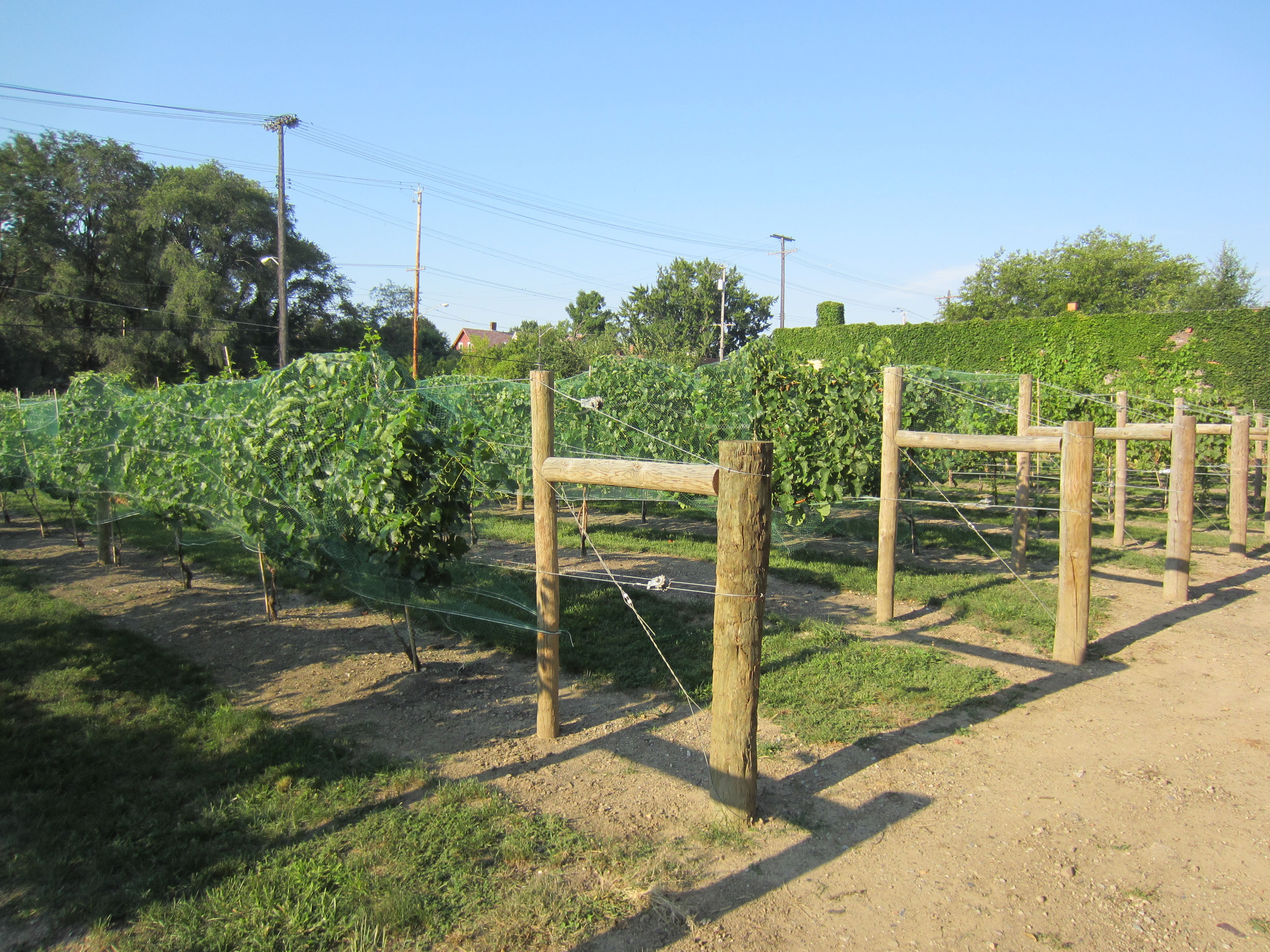2,000 Year Old Syrian Wine On Sale In Missouri
An archaeologist with a passion for ancient winemaking techniques has teamed up with Bushwhacker Bend Winery in Glasgow, Missouri. Michael Fuller, an archaeology professor from St. Louis, Missouri plans to make three wines from ancient and medieval recipes. The herbed red wine, a wine from Persian quinces and a medieval style mead are due for commercial release starting later this year.
A home winemaker for many years, Professor Fuller’s interest in ancient wines was sparked in the 1990s excavating a thousand year old monastery in Tell Tuneinir, Syria along a branch of the Euphrates River. While Syria is currently synonymous with a war zone, the Phoenicians made wine in Syria thousands of years ago. “We found an ancient winery with the crushing vats, fermentation vats and the wine jars. There was even an inscription left by one of the monks who’d been doing the winemaking written in Syriac.”
We found an ancient winery…and even an inscription left by one of the monks who’d been doing the winemaking”
Professor Michael Fuller, archaeologist

Professor Michael Fuller (left, kneeling) on the first day of excavations at Tell Tuneinir, Syria that would reveal an ancient winery (Photo courtesy Professor Michael Fuller, St. Louis Community College)
Another inscription referred to the monastery as Saint Noah, linking the monks’ winemaking efforts to possibly the oldest winemaker of them all. According to Genesis, the first book of the Old Testament,”Noah, the tiller of the soil, was the first to plant a vineyard. He drank of the wine…”
From the inscriptions – and with help from friends in Syria who still made wine using similar methods – Professor Fuller was able to recreate this ancient winemaking process. He says the grapes were crushed under foot and kept in a vat with a wood lid cover for about three days. There wasn’t any racking — they often found seed remains in the bottom of wine jars – just a quick primary fermentation. Very little filtering was performed, then the juice was poured from a single large vat into storage jars.
Fuller says the herbed red wine he’s making with help from Bushwhacker Bend is based on this wine made by the monks. They used it for medicinal purposes, encorporating local local herbs to ease coughs and chest congestion. ‘So it’s delicious and good for you!” says the professor.
For all three historic wines the professor is handling the ingredients and recipes and Buswhacker
Bend is providing its facilities and taking on the daily demands of the fermentation process. They’ve started this process for the herbed red and Gene Marksbury, Bushwhacker Bend’s owner and winemaker, is curious about how the wines will age during this first year.
Marksbury is also handling the labelling and bottling. He says they’ll start with 50 gallon batches, probably packaging in half-size, 375 ml bottles and offering each of the wines in a sets of three. The professor says their goal is to keep the price per bottle below $20.
The second ancient wine is a fruit wine inspired by the remains of quince orchards found at the same Syrian monastery. ‘It is an unusual and difficult to deal with fruit,” says the professor, ‘it looks like the result of a coconut having sex with a pear, but once you can extract the flavor from that fruit, it’s quite delicious.” He says it’s good for treating stomach problems and that was how it was used by Roman and medieval physicians.
‘it looks like the result of a coconut having sex with a pear”
Professor Michael Fuller, archaeologist
For ingredients, they’ve tracked down Persian quince trees in St. Louis. “We’re trying to keep things as local as possible” says Marksbury. They’re using Chambourcin for the herbed red wine and the honey for the mead comes from Bushwacker Bend’s neighboring beekeeper.
Mead, the chosen beverage of Greek gods, Vikings and Shakespearean characters is the third ancient wine in production by Professor Fuller and Bushwhacker Bend. According to the French journalist and sociologist, Maguelonne Toussaint-Samat, “The child of honey, the drink of the gods, mead was universal. It as the ancestor of all fermented drinks.” (A History of Food, 1992). The professor says their mead is a little different to most. “We have been using a specific mead called Poignant mead and it creates a mead that has a very interesting, slight bite to it at the end of the finish.”
Professor Fuller hopes his wines will be ready for this year’s holiday season.





I found this website while preparing for a presentation later in the month on medicinal wines. I am interested in knowing what herbs are used.
It is interesting that they used Quince, is it is also an ingredient in the Shoalin Long-winded Emperor Assist Training Wine.